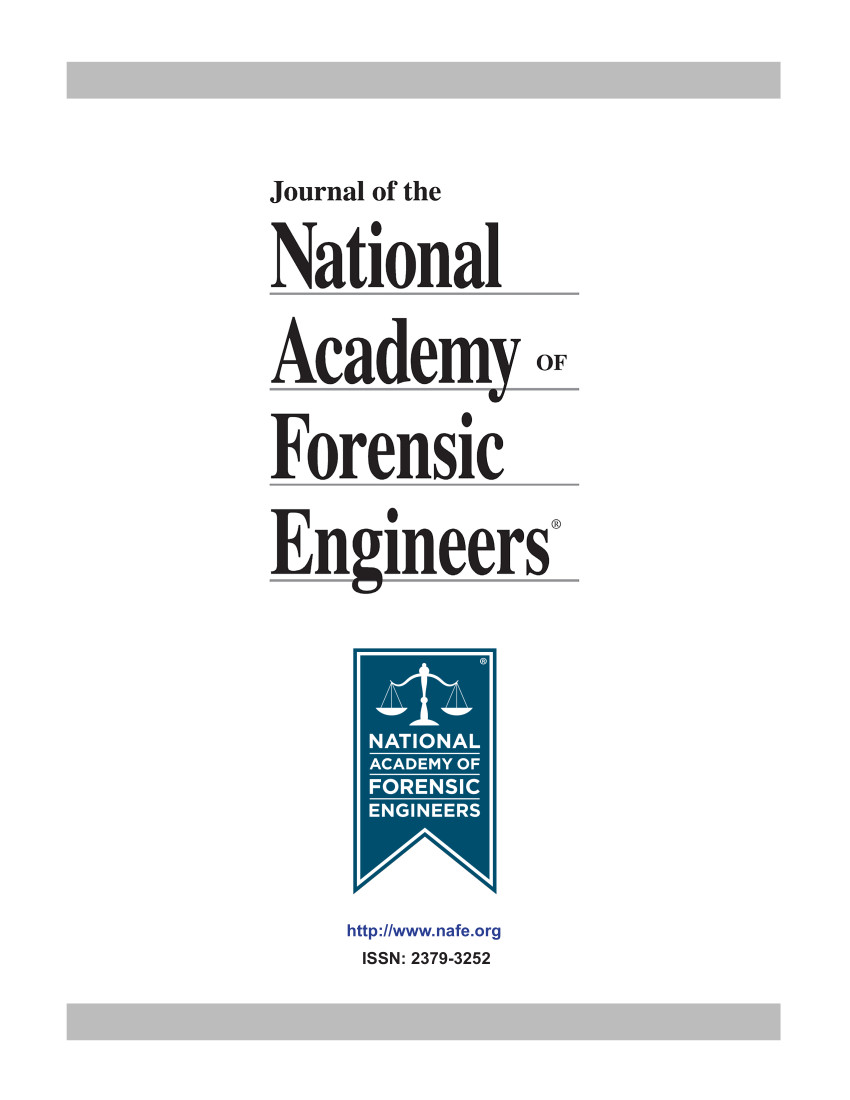Highway Intersection Sight Distance Guidelines & Measurements
DOI:
https://doi.org/10.51501/jotnafe.v16i1.563Keywords:
Traffic signalsAbstract
Many Highway Accidents Occur At Intersections That Are Not Controlled By Traffic Signals. Intersecting Roadways, Driveways, And Entrances To Shopping Malls Are Only A Few Examples Of Where Crashes Occur. In Some Cases Tort Lawsuits Are Brought Against The Highway Agency Claiming That There Was A Lack Of Sight Distance At The Intersection. Unfortunately, Many Engineers And Accident Reconstruction Professionals Do Not Understand Intersection Sight Distance Requirements And Guidelines. This Confusion Often Leads To Needless Litigation. This Paper Will Review The Highway Design Guidelines (Aashto) Which Are Used To Evaluate Intersection Sight Distance For Both Turning And Straight Through Traffic Movements. It Will Explain The Rationale For The Criteria And How It Should Be Applied For Accident Analysis. The Drivers Responsibility, Under The Vehicle Code, At An Intersection Is Reviewed. A Case Study Will Be Used As An Example To Explain The Procedures For Field Measurements At An Intersection.Published
1999-01-01
How to Cite
Kilareski, Walter P. 1999. “Highway Intersection Sight Distance Guidelines & Measurements”. Journal of the National Academy of Forensic Engineers 16 (1). https://doi.org/10.51501/jotnafe.v16i1.563.
Issue
Section
Articles
License
Copyright (c) 1999 National Academy of Forensic Engineers

This work is licensed under a Creative Commons Attribution-NoDerivatives 4.0 International License.
All rights © Journal of the National Academy of Forensic Engineers.
Full statement regarding the author's license of copyright to the NAFE is shown on the Copyright section of the Submissions Page.






